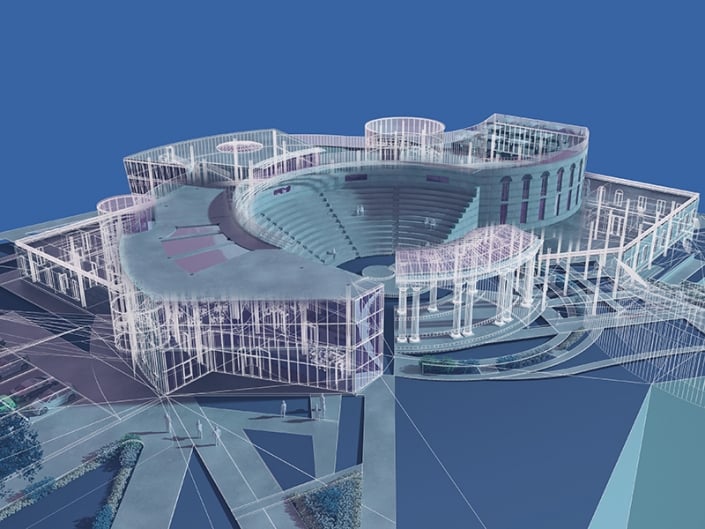

However, as the AEC industry rapidly evolves by adopting BIM workflows, the educational system has been slow to respond.

Advanced 3D modeling programs (including Autodesk Revit and others), simulations, augmented reality, virtual reality, and other technologies have presented design professionals and project teams with new opportunities to maximize design the efficiency, functionality, and performance of buildings, to streamline and optimize design and construction operations, to study building lifecycles, and to help mitigate the impact of buildings on the environment. Autocad, and 2D-centric methods in general, have been pushed aside to make way for 3D-centric workflows and design processes rooted in parametric modeling, interoperability, visualization, Work-sharing, and automation that leverage the latest advancements in computing technology. Building Information Modeling (BIM) has initiated a sea change in the way that engineers approach the design and construction of buildings.


 0 kommentar(er)
0 kommentar(er)
